If you’ve tried all the serums, creams, and gadgets that claim to change your skin but never quite deliver, you’re not imagining it. Most products do little more than mask the surface, leaving the issues untouched.
It’s frustrating, especially when you're doing all the “right” things and still not seeing the results.
Light therapy is changing the skincare game, transforming your skin from the inside out..
By energizing your cells and boosting collagen production, it tackles everything from fine lines and redness to stubborn pigmentation, without heat, pain, or downtime.
In this guide, we’ll walk through what to expect before and after using LED light therapy and how to get the most out of your routine.
Whether you’re just curious or ready to commit, you’ll get straight answers and clear direction.
What Is Red Light Therapy?
Red light therapy (RLT) is a non-invasive treatment that uses specific wavelengths of light, primarily 660 nanometers, to stimulate the body’s natural healing processes.
Originally developed by NASA to promote tissue repair, RLT has since been adopted by medical clinics, dermatologists, and wellness professionals for its impressive ability to improve skin texture, reduce inflammation, and accelerate recovery without damaging the surface of the skin.
At its core, red light therapy works by energizing the mitochondria.
This boost in cellular energy (ATP) helps increase collagen production, repair damaged skin, and calm chronic inflammation. It’s why consistent use can lead to smoother skin, reduced redness, and a more even tone.
Before and After: What Changes Can You Expect with Red Light Therapy?
Week 1–2: Hydration and Subtle Plumpness
In the first couple of weeks, changes are subtle.
Many users report a mild boost in hydration and a slight plumping effect, especially in areas where skin tends to look dull or tired. But don’t panic if you don’t see dramatic differences yet, this is just your skin’s early response as cellular energy begins to increase.
Weeks 3–5: Texture and Redness Improvements
This is when the real progress starts to show.
Skin texture becomes smoother, and redness, particularly from rosacea or post-inflammatory flare-ups, often begins to fade. Uneven tone and blotchiness typically start to calm, giving your complexion a more balanced, less reactive look.
Weeks 6–8: The Real Glow-Up
By this point, collagen production is ramping up.
Fine lines soften, pigmentation from sun exposure or acne scars fades, and under-eye circles start to lighten. Your skin begins to reflect light better, appearing more radiant and refreshed overall.
Weeks 9–12+: Long-Term Payoff
With continued use, the results compound. Skin appears firmer, more elastic, and visibly brighter. Pigmentation continues to fade, texture smooths out, and redness stays under control.
What About Hyperpigmentation? Here's What the Research Says
Hyperpigmentation, those stubborn dark spots from sun damage, acne, or hormonal shifts, can be one of the toughest skin concerns to treat.
Red light therapy offers a science-backed solution by working beneath the surface.
Rather than bleaching the skin like harsh topicals, 660nm red light supports healthy skin turnover. Over time, this process helps fade existing dark spots and prevents new ones from becoming more pronounced.
By energizing your skin’s mitochondria, red light also stimulates collagen production and speeds up healing, which can help diminish the appearance of discoloration left behind by acne scars or sun exposure.
It’s not an overnight fix, but with consistent use, most users notice a clearer, more even complexion without the irritation that comes from aggressive treatments.
User Tip: Track your progress with photos every two weeks.
Hyperpigmentation fades gradually, and taking pictures under the same lighting conditions can help you appreciate changes you might otherwise miss day-to-day.
Blue Light Therapy: The Acne-Fighting Sidekick
While red light therapy steals the spotlight for anti-aging and skin rejuvenation, blue light therapy deserves serious recognition for its acne-fighting power. Blue light at 415nm specifically targets the bacteria that causes breakouts, without the need for harsh chemicals or irritating topicals.
By neutralizing bacteria at the skin’s surface, it helps prevent new pimples from forming and reduces inflammation around existing blemishes.
It’s important to note that blue light works best for mild to moderate acne.
Deep cystic breakouts, which originate much deeper in the skin, often require additional treatments. However, for everyday breakouts, clogged pores, and surface redness, blue light therapy offers a safe, non-invasive option that fits seamlessly into any skincare routine.
Where Green Light Fits In: Targeting Hyperpigmentation and Redness
While red and blue light therapy get most of the spotlight, green light therapy is quietly becoming a go-to for treating hyperpigmentation and redness, especially those stubborn spots that just won’t fade.
Operating best at 525 nm, green light penetrates the upper layers of the skin, where pigment clusters and inflammation live. It helps calm redness, regulate melanin production, and gradually brighten uneven tone.
If you’re dealing with post-acne marks, sun spots, or hormonal discoloration, green light may be the missing link in your routine.
Choosing the Right Device: What to Look For (And What to Avoid)
Not all LED devices are created equal, and when it comes to getting solid before-and-after results, the specs matter far more than the marketing.
Here’s checklist:
-
Wavelength clarity: Look for devices that clearly state they use 660nm red for anti-aging, 525nm green for hyperpigmentation, and 415nm blue for acne. If the wavelength isn’t listed, it’s a major red flag.
-
Energy output: The device should deliver at least 5 Joules/cm² for effective skin transformation. Lower outputs won't give the therapeutic benefits you’re paying for.
-
Uniform LED spacing: Properly spaced LEDs ensure consistent coverage across your skin. Poor spacing leaves “leopard spots”, areas of untreated skin that diminish results.
Don’t fall for flashy packaging or celebrity endorsements. Always check the published specs, optical power, and customer transparency.
Glow Up with Lumara 🔆
If you’re a skin care junkie, shop:
🏮The VISO Red Light Mask: Perfect for facial rejuvenation, softening fine lines, and calming redness. Lightweight, powerful, and ideal for daily use.
If you’re a professional, check out:
❤️Illuminate Red Panel: Full clinical performance for fac. High-output red light to firm skin, fade pigmentation, and accelerate healing.
🩵Illuminate Blue Panel: Target stubborn acne, reduce breakouts, and fight inflammation naturally with powerful 415nm blue light.
💚Illuminate Green Panel: Fade stubborn dark spots, melasma, and redness with 525nm green light. Gently balances melanin and calms irritation—no bleaching, no downtime.
Choose the device that fits your skin goals, and start seeing visible, lasting change with science you can trust.
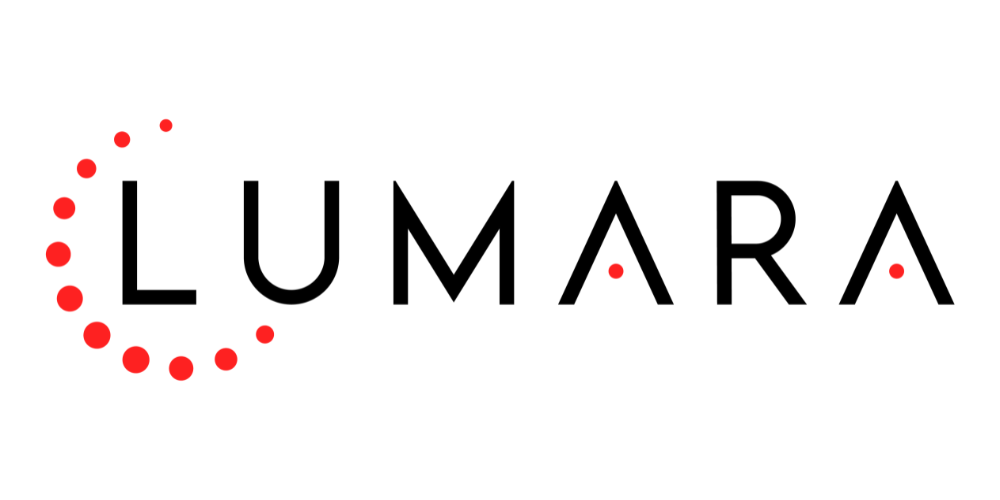
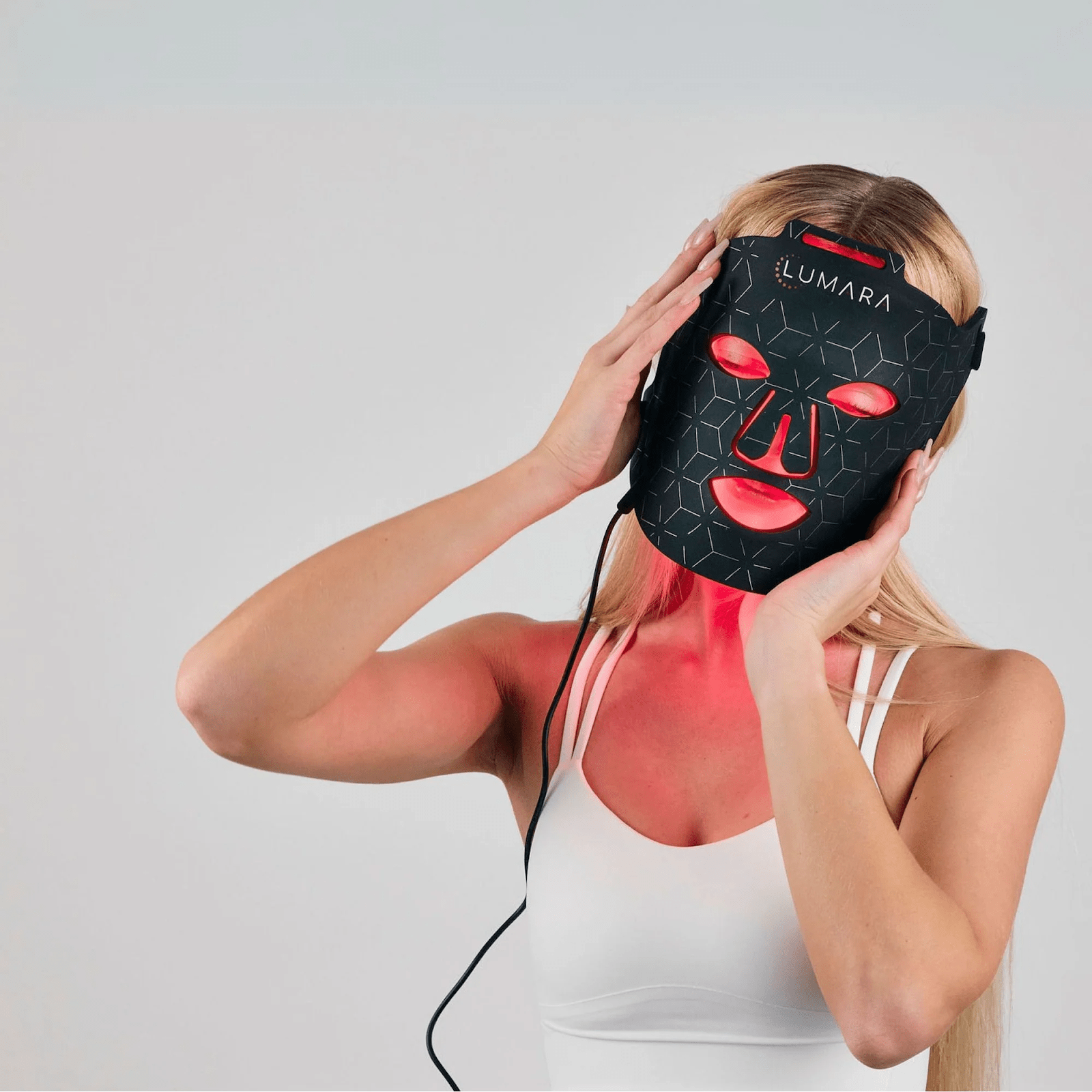
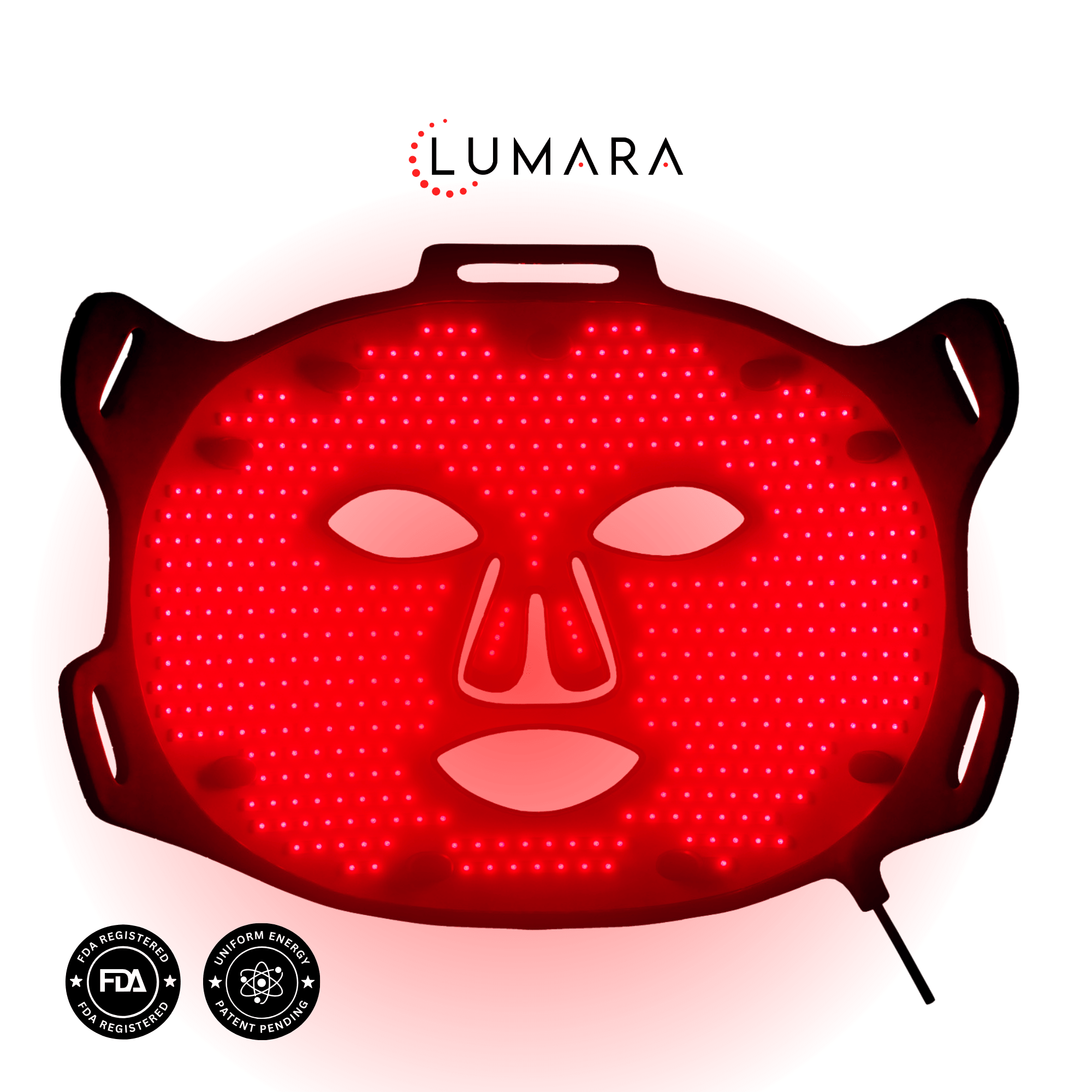

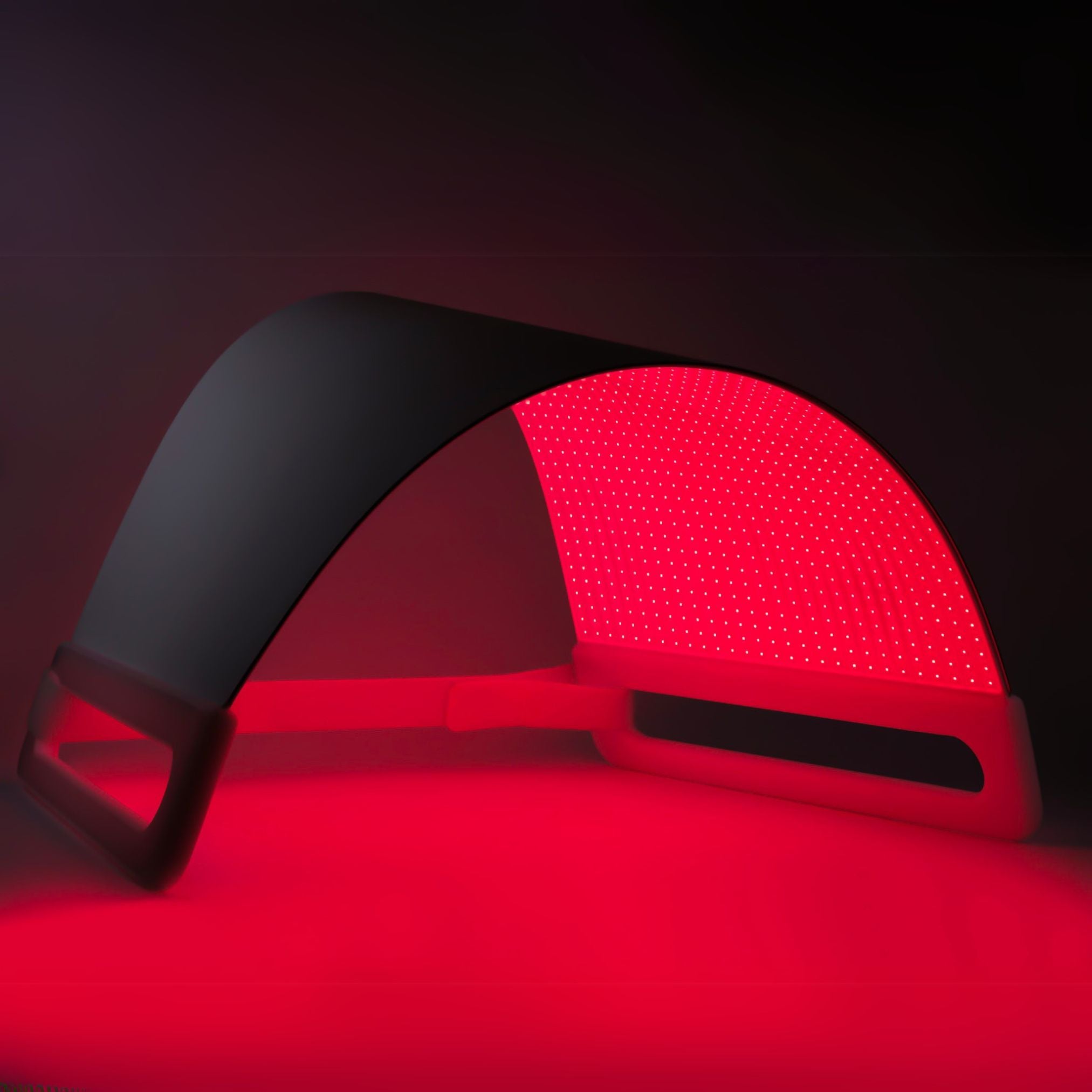
Share:
Red Light Therapy for Pain: How It Works & What to Look For
What Light Therapy Is Best for Acne?